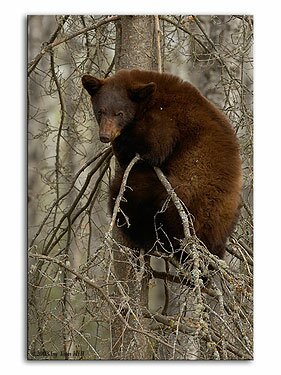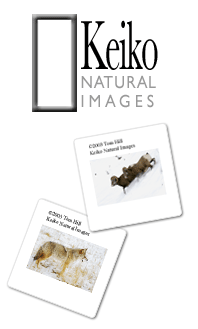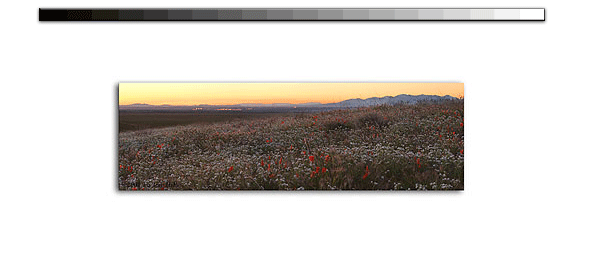|
|
|

|
|
|
|
Black Bear In-Tree - Nikon D1h, 300mm f/2.8 AF-S
|
|
|
Since my needs are limited by my printer, am I missing anything by not having a camera with an imaging sensor with more megapixels? No, not really. If Im not cropping my imagesthats a big if and another long conversationmy printer restrictions are totally being supported by my current camera.
Let me take a side-track right now. One of the fairly predictable characteristics of digital photography is if you start with the same sensor size and pack in twice as many pixels, you can double the area of your final prints. Digital photography has added a bit more math to assessing the goodness of your printsfor better or for worse. This logic doesnt quite apply when you change sensor sizes and pixel densities at the same time. Remember, the larger a sensor is in the first place, the less the image has to be enlarged and therefore fewer pixels needed. By the way, this logic works in general but doesnt apply at extremes. A super large, one megapixel sensor will not produce the same image as a incredibly tiny, super dense megapixel sensor. Other factors such as noise get involved on these extremes.
I also have a 6.1mp camera, the Nikon D100. Unquestionably, the files from this camera have more detail and are much easier to enlarge over my D1h. This is totally predictable based on the pixel density increasing while the sensor size staying the same. There is a cost with denser image sensorsimage file size. My D1h makes RAW files sized about 3.9mbs while the D100 files are about 9.1mbs. This correlates with the sensor pixel density change of about 2.25 times. From a storage point of view, this means Ill use 2.25 times more disk space for D100 files over the D1h. Obviously, you cant get something for nothing. Just on the storage point of view, Ill spend twice as much on image storage with the D100 over the D1h. Is that expensive? No, not with todays hard drives prices but it is another worry for digital photographers looking to make larger prints. Considering a 200gig hd costs about $400 US, it costs me about 0.10 cents for every Nikon D1h image I keep, which includes all my backups (note: I describe how I save/archive my images here). Sure, this is cheap but it does add up. Can you image how much it would cost if I was shooting with an 11mp camera like the Canon 1Ds?
Lets look at how larger, more dense sensors affect a cameras performance. Between the D1x and D1h, it looks like the overall throughputmegabytes per secondis about the same. The D1h can shoot about 5 fps or about 20 mb/sec. This contrasts with the D1x that can shoot at just less than 3 fps though its file sizes are about twice the D1h. Its about the same digital throughput the difference being the individual image sizes. This probably explains why you dont typically see medium format sports/action photographers. The throughput is much more important for most of these folks than the format size.
You know, this is beginning to sound like Im listing obvious differences between 35mm and larger format film. Larger sensors/pixel densities have almost all the same issues of medium and large format film over 35mm; storage, throughput&
One thing that doesnt correlate between film and digital is the camera size. Pro digital cameras maintain their size regardless of sensor. The 11mp Canon 1Ds is exactly the same size as the 4.1mp Canon 1D. This fact has to be the single most important boon to medium format photographers looking to transition to digital. The same ease of use, smallness, and utility enjoyed for years by 35mm photographers is now readily available for digital medium format shooters. I can hear you guys starting to salivate over the prospects.
Lets get back to reality and see where we are. Fairly low megapixel cameras can make great images in home digital darkrooms. Larger prints with identical quality can be had by increasing sensor size or pixel density. Storing digital files have costs which can add up if you keep lots of images/files. These three issues correlate directly when comparing 35mm film and medium formatlarger format/sensor equals more cost. As much as relationships between increasing format size and image sensors are similar with digital and film, the relationship departs with convenience. It is just as easy to shoot with medium format quality digital cameras as it is to shoot with 35mm quality digital cameras unlike real medium format cameras. The 1Ds is exactly the same size as the 1D. This contrasts with a Pentax 6x7 compared to the Nikon F5. The size and film hassles are totally more with the larger format.
|
|
|
|

|
Previous Page
|
|
Next Page
|
|

|
|
|
|
|
|
|
|
|
|
|
|
|
|
|
 |




